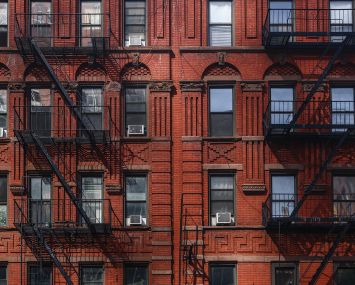As anyone who works in, lives in or visits New York City can attest, there are construction cranes everywhere these days. Many of the new buildings now going up are residential (and very expensive ones at that), but as I’ve mentioned in earlier columns, there are also a few office buildings rising. In fact, counting only those sites where the foundation is laid and steel is at least rising, about 8.4 million square feet of office product was underway in Manhattan at the close of the second quarter. That sounds like a lot, and it is when compared to other major markets around the country (Houston is one spot that’s giving us a run for our money). But it’s just 1.9% of the total current inventory of Manhattan, a market consisting of 447 million square feet of office space. That definitely puts it a bit more in perspective.
Now let’s take the timing (and project phase) out a bit further. Through 2018, NGKF is expecting a total of 14.8 million square feet to be completed. In 2017 alone, there should be 5.1 million square feet delivered, the most in a single year since 1989. We actually came close to beating that figure last year, thanks to the completion of buildings including 4 World Trade Center and 250 West 55th Street. The crystal ball is now predicting that from 2019 through 2023, there may be 14.7 million square feet of additional office space (although a lot can happen between now and then).
What I find even more interesting than how much new construction there has been, and may continue to be, is the location of all of this activity. For a variety of reasons, including site availability, zoning and type of tenants taking space, most of the new development is in Midtown South and Downtown. In fact, a whopping 86 percent of new office construction from 2014 through 2018 will be below 42nd Street (take the date out through 2023 and the figure goes up slightly, to 88 percent). If it hasn’t happened already, this will truly shift the power back to the southern part of Manhattan, reversing what had been happening from the 1950s into the early 2000s.
Of course, I have yet to mention the workplace strategies of the present and probable future—benching, open space plans, collaborative spaces, flex work spaces, working remotely and so on. In other words: Do we really need all of this office space? Lots of experts, in hundreds of white papers, have tried to answer this question. For the “yes” vote, we can point to older buildings being converted to residential use and increasingly efficient new buildings. For “no,” we can look back upon all of the productive buildings that we are leaving behind, especially in Midtown. But the only vote that really counts is the market’s—if there is no tenant and no financing for the new product, it won’t be built, plain and simple. In any case, there will at least be a few new flashy buildings across the Manhattan skyline.


